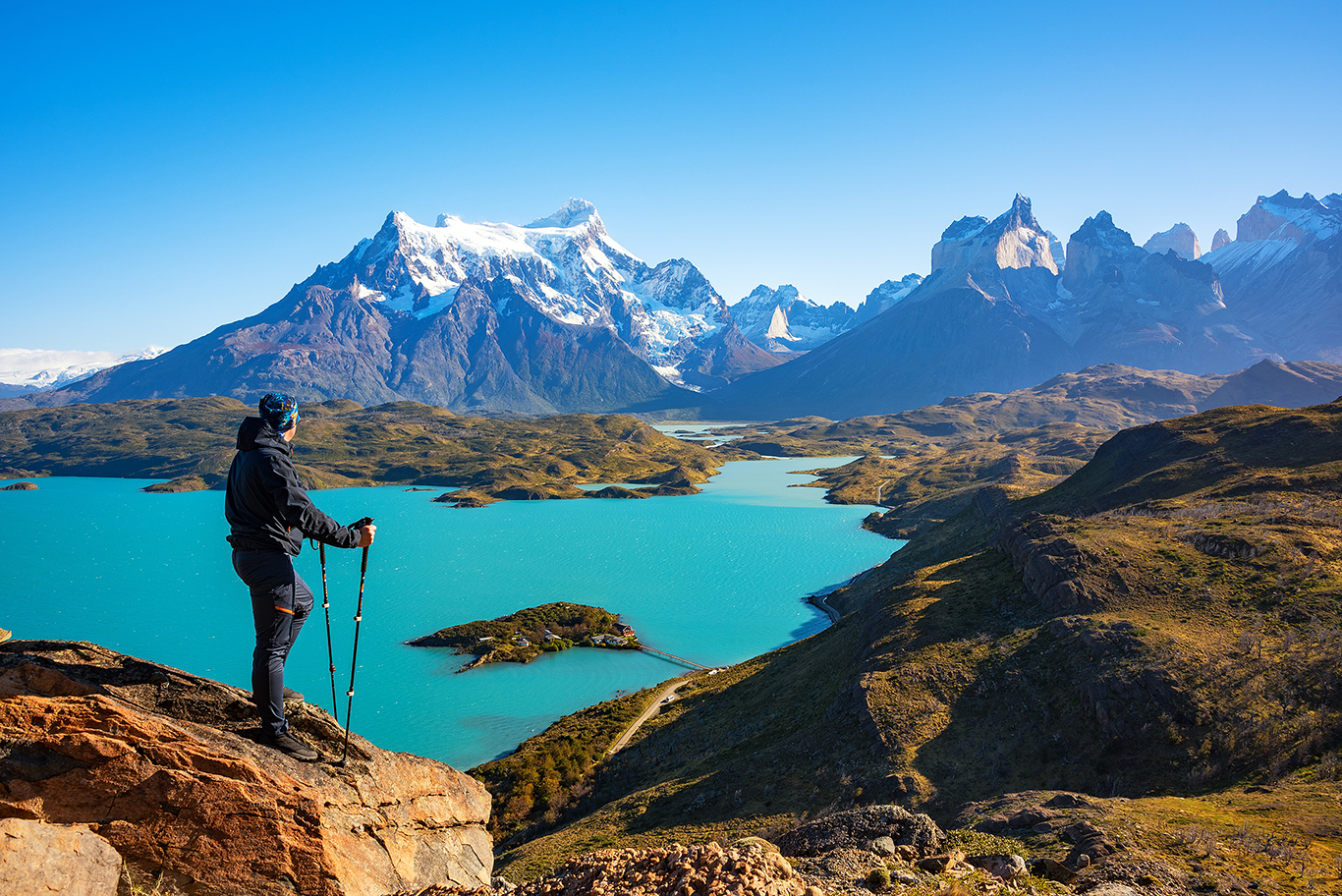Get Wild on the Galapagos Islands
The Galapagos Islands are known the world over for their natural beauty and unique wildlife. If you prefer your travel to have a touch of the wild side, you’ll be at home in a place where every exploration leads to something breathtaking.
Exploration and Adventure Await
The Galapagos Islands are home to pristine, secluded, white sand beaches; amazing animals; and a quiet, unhurried atmosphere far from human contact. They are not a destination for people who need all the commercial, resort-oriented bells and whistles. They are the perfect choice if you prefer to be immersed in nature and surrounded by stunning landscapes.
What Is There to Do in Galapagos Islands?
The islands are a nature lover’s paradise. More than 95% of the land mass is protected as part of the Galapagos National Park. The national park is divided into several locations, and each is noted for its unique flora and fauna. Many of these species are only found on Galapagos, and others are migratory species who find a safe home in these protected areas.
Exploration by land or water offers amazing opportunities to see nature at its most raw and untouched. Popular activities include:
• Trail walks through specific sites in the park
• World-class diving and snorkeling
• Birding
• Island-hopping day trips
• Wildlife photography
Where Are the Galapagos Islands?
The Galapagos are a chain of 19 islands—known as an archipelago–in the Pacific Ocean. Located roughly 600 miles from the mainland of Ecuador, the islands are one of the most remote locations on earth.
Untouched for centuries, the island chain has allowed more than 9,000 species of plants and animals to flourish. Charles Darwin developed his theories about natural evolution by studying the wildlife in Galapagos. The islands are so important to the world’s biodiversity that they were the first place named as a UNESCO World Heritage Site.
The largest island is Isabela Island, which is about 1,700 square miles. It’s much larger than the second-biggest island, Santa Cruz. The total population of all the islands is around 25,000.
Climate: What’s the Best Time to Visit?
The location of the island means they have a unique climate. While they’re located near the equator, their remoteness means they’re constantly visited by cooling ocean breezes. That makes for a mix of both tropical and temperate climates.
The islands are sunny most of the year. The best time to visit depends largely on what you want to do and see. In terms of weather, it’s most pleasant from December to May, when temperatures are in the 70s and 80s punctuated by short rain showers. This is also when the waters surrounding the islands are at their calmest.
The warm season: December to May
The warm season is the best time to go if your exploration plans include snorkeling. The still, clear waters are spectacular refuges for colorful reef fish, rays, sea turtles, and sea lions. Punta Espinosa is known for its marine iguanas, and Sombrero Chino is home to reef sharks and green sea turtles. At the Devil’s Crown, you can spot moray eels, golden rays, scorpionfish, snappers, sea horses, and hundreds of other exotic fish.
It’s the ideal season for hiking, which is an enormously popular activity here. There are many well-known trails for hikers of all skill levels. The Cerro Dragon is a pleasant two-mile hike that takes you through volcanic hillsides and a huge array of beautiful sights. If you want more of a challenge, Tortuga Bay and Wall of Tears offer longer, tougher challenges. The Wall of Tears, located on Isabela Island, is a 20-foot wall built by former prisoners on the island.
Cool season: June to November
The cool season runs from June to November. Temperatures in the cool season range from the mid-70s to the low 80s in the daytime and drop to the high 60s at night. The water is also colder and rougher during this season. You’ll experience more rainfall and more mist. Despite this, many people prefer visiting at this time because of the varied wildlife you can see.
The cool season is the best time to spot many birds begin their nesting and mating, including flightless cormorants, blue-footed boobies, and Galapagos hawks. This is the start of breeding and nesting seasons for marine iguanas, green sea turtles, giant tortoises, and Galapagos penguins. Orcas, dolphins, and pilot whales begin migrating through the waters in June. In September, you can spot humpback whales and sharks. October is the start of breeding for Galapagos fur seals.
You can still enjoy diving or snorkeling during the cool season, but it’s smart to wear a wetsuit because the water temperatures can be very chilly.
Travel Notes
Traveling to Galapagos has a few restrictions you should know about before you go. The best way to get to the Galapagos Islands is from mainland Ecuador. If you like, you can plan your visit to include a brief exploration of this charming South American country as part of your trip.
The islands limit the number of visitors they accept each season, so it’s important to plan in advance. You can only visit Galapagos National Park—which includes almost everything—with certified tour guides. All tour, cruise, and boating expeditions must be run by companies approved by the Ecuadorian government. The government also forbids the use of single-use plastics and polythene containers.
Plan Your Galapagos Getaway
The Galapagos Islands offer amazing experiences in a stunning setting. If you’re ready for a Galapagos adventure, contact an approved tour company today.














